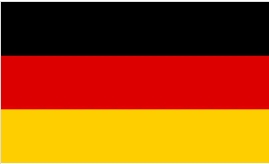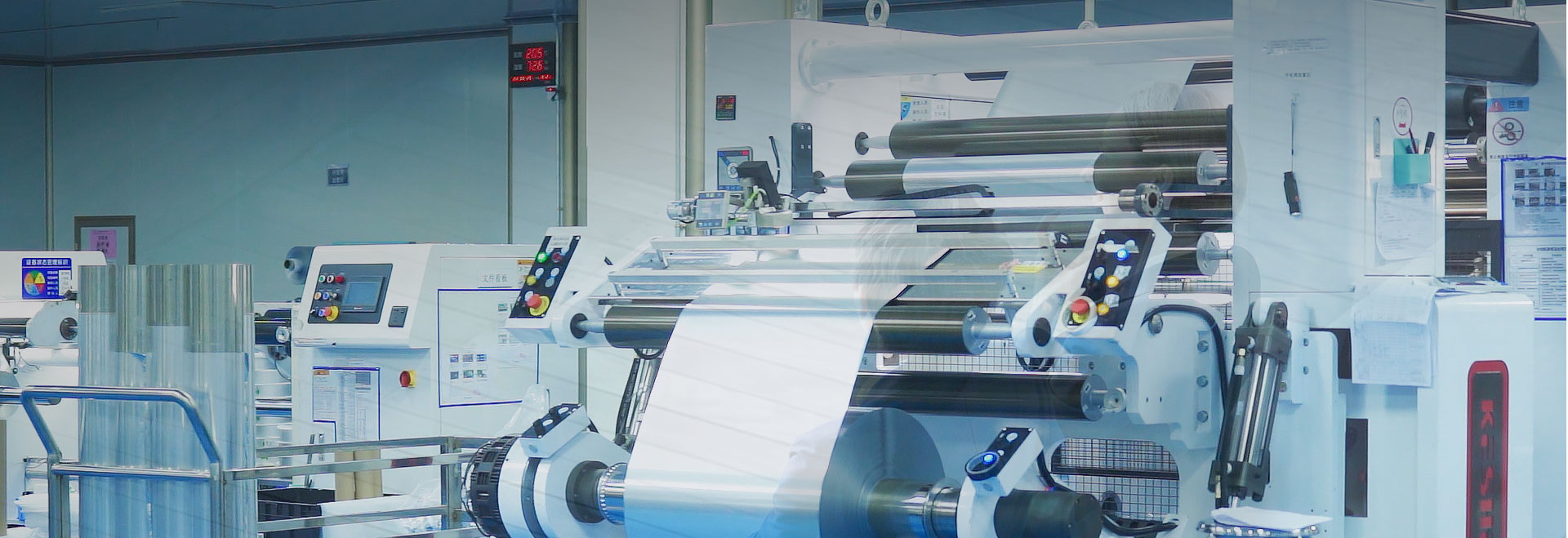Europe's supply of battery cells is expected to significantly increase over the next decade
Europe's supply of battery cells is expected to significantly increase over the next decade, according to the latest research from T&E (Transport & Environment). This could create a self-sufficient battery market in Europe by as early as 2026–2028.
The research shows that European battery production is forecast to reach 238 GWh in 2025, 413 GWh in 2027 and 773 GWh in 2030, up from 69 GWh in 2022. This capacity includes projects that have advanced funding and construction permit stages. However, with numerous newer projects underway, the potential capacity could be even larger, reaching 286 GWh in 2025, 616 GWh in 2027 and 1,395 GWh in 2030 if all projects go as planned.
The companies with the highest production in 2030 are Northvolt, Freyr, ACC, CATL, and the Volkswagen Group. This would mean that European firms would produce around 58% of the goods consumed in Europe, with Chinese firms producing 22%.
Currently, EU battery manufacturing meets 50% of the demand in 2022, largely due to LG Chem in Poland and Samsung SDI in Hungary. By 2025, the demand is expected to be met by 72%, and more than 100% by 2027, if all speculative projects go forward.
However, for Europe to become self-sufficient, it must create a robust industrial strategy to ensure that these investments are made. Europe is well-positioned to meet the battery demand of the industry’s potential scenario, with over 50 gigafactory projects currently planned.
Europe’s increasing battery production could be a game-changer for the industry, allowing manufacturers to better meet the demand for electric vehicles and other energy-hungry devices. With the right investments, Europe could become a leader in battery production, creating a more sustainable and cost-effective battery industry.













